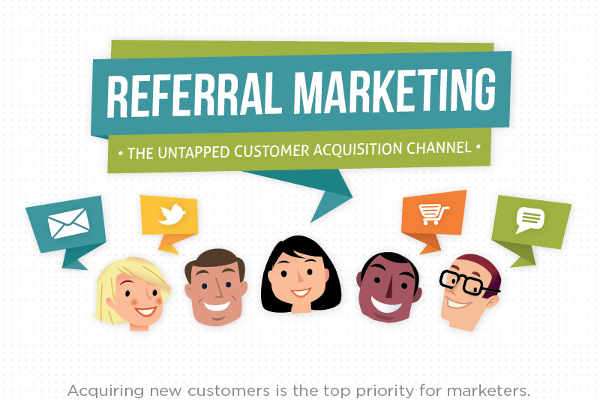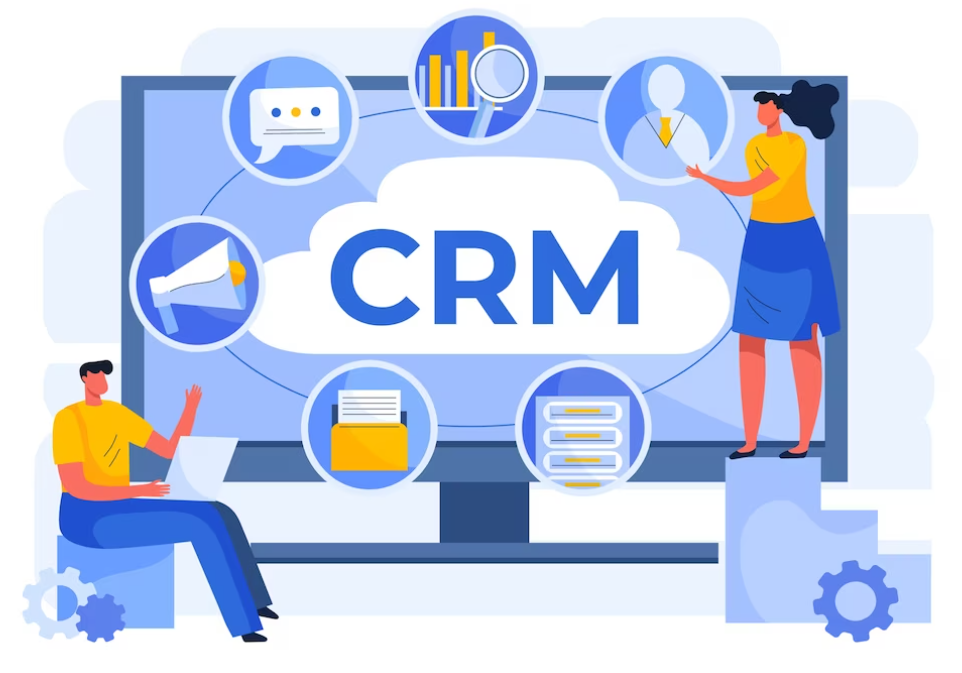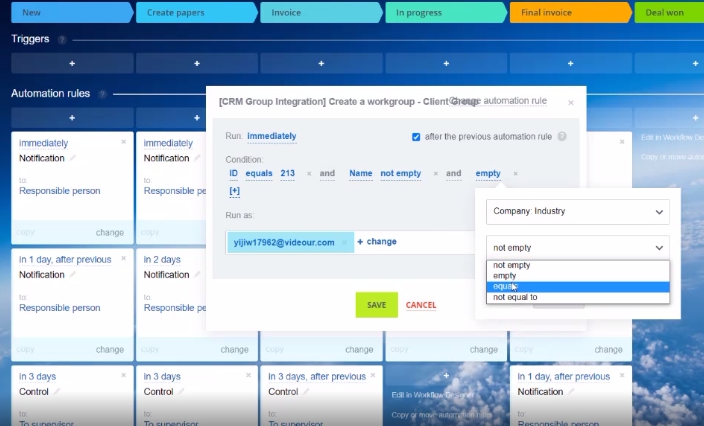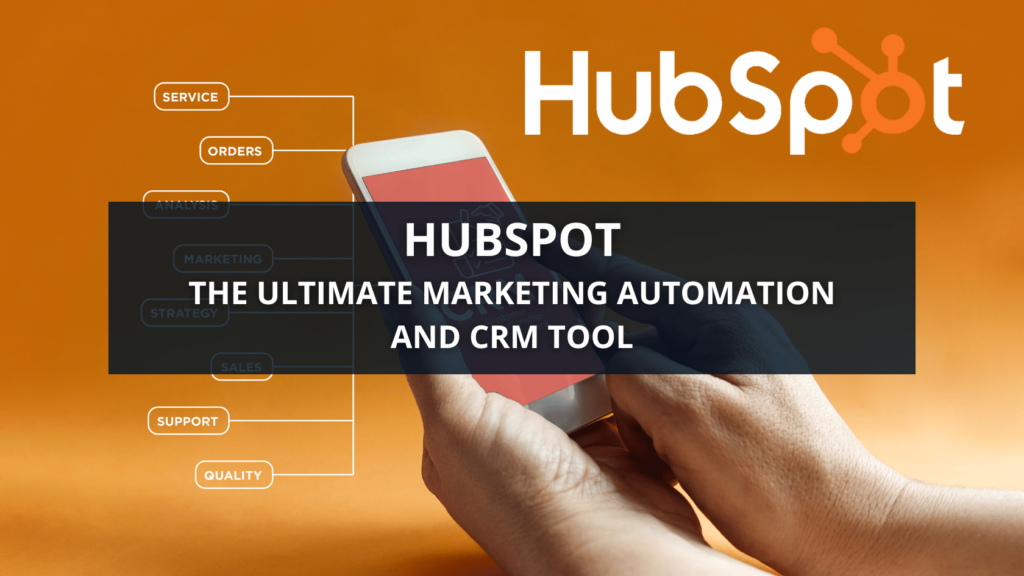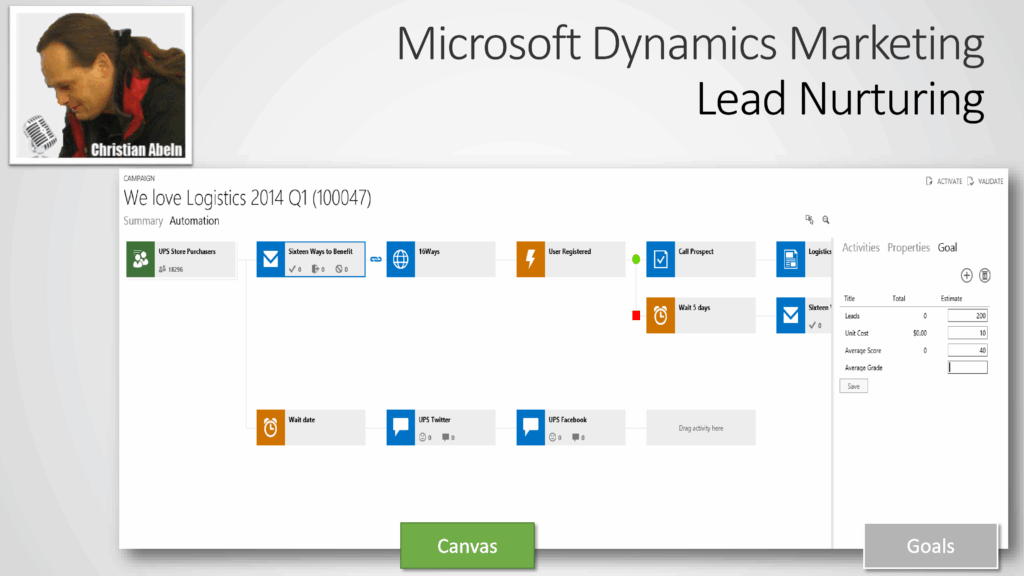
Mastering CRM Marketing: A Comprehensive Guide to Lead Nurturing
In the ever-evolving landscape of digital marketing, businesses are constantly seeking innovative strategies to attract, engage, and convert potential customers. One of the most powerful tools in this arsenal is CRM marketing, particularly when combined with effective lead nurturing. This comprehensive guide delves deep into the world of CRM marketing and lead nurturing, providing you with the knowledge and strategies needed to transform leads into loyal customers.
What is CRM Marketing?
CRM, or Customer Relationship Management, is more than just a software; it’s a philosophy. It’s about building strong, lasting relationships with your customers. CRM marketing leverages CRM software to manage and analyze customer interactions and data throughout the customer lifecycle. This allows businesses to personalize their marketing efforts, improve customer satisfaction, and ultimately, drive revenue growth.
At its core, CRM marketing focuses on:
- Understanding Your Customers: Gathering and analyzing data to gain insights into customer behavior, preferences, and needs.
- Personalizing Interactions: Tailoring marketing messages and offers to individual customer profiles.
- Improving Customer Experience: Providing seamless and consistent experiences across all touchpoints.
- Boosting Customer Loyalty: Building long-term relationships that foster repeat business and advocacy.
The Power of Lead Nurturing
Lead nurturing is the process of building relationships with potential customers, even before they’re ready to make a purchase. It involves providing relevant information and engaging content to guide leads through the sales funnel. This is where CRM marketing and lead nurturing truly shine together. CRM systems provide the infrastructure to track leads, segment them based on their behavior and demographics, and automate personalized communication.
Lead nurturing campaigns are designed to:
- Educate Leads: Provide valuable information that addresses their pain points and helps them understand your products or services.
- Build Trust: Establish your brand as a reliable source of information and a trusted partner.
- Move Leads Through the Sales Funnel: Guide leads from awareness to consideration to decision.
- Increase Conversion Rates: Nurtured leads are more likely to convert into paying customers.
Key Components of a Successful CRM Marketing Strategy
Implementing a successful CRM marketing strategy requires a holistic approach. Here are the key components:
1. Choosing the Right CRM Software
Selecting the right CRM software is the foundation of your CRM marketing efforts. Consider these factors when making your choice:
- Features: Does the software offer the features you need, such as contact management, lead tracking, email marketing, and sales automation?
- Scalability: Can the software grow with your business?
- Integration: Does it integrate with your existing marketing tools and platforms?
- Ease of Use: Is the software user-friendly and easy to learn?
- Cost: Does it fit within your budget?
Popular CRM software options include Salesforce, HubSpot CRM, Zoho CRM, and Microsoft Dynamics 365.
2. Data Collection and Management
Data is the lifeblood of CRM marketing. You need to collect and manage customer data effectively. This includes:
- Data Sources: Identify all sources of customer data, such as website forms, social media, email interactions, and sales interactions.
- Data Quality: Ensure your data is accurate, complete, and up-to-date.
- Data Segmentation: Divide your customer base into segments based on demographics, behavior, and other relevant factors.
- Data Privacy: Comply with all data privacy regulations, such as GDPR and CCPA.
3. Lead Segmentation
Segmentation is the process of dividing your leads into groups based on shared characteristics. This allows you to personalize your marketing messages and target them more effectively. Common segmentation criteria include:
- Demographics: Age, gender, location, job title, industry, etc.
- Behavior: Website activity, email engagement, social media interactions, etc.
- Lead Source: Where the lead came from (e.g., website form, social media ad, referral).
- Lead Scoring: Assigning a score to leads based on their engagement and likelihood to convert.
4. Content Creation
Content is the fuel of lead nurturing. You need to create valuable and engaging content that resonates with your target audience. This includes:
- Blog Posts: Share informative articles that address your audience’s pain points and provide solutions.
- Ebooks and Whitepapers: Offer in-depth resources that educate leads on specific topics.
- Webinars: Host online events that provide valuable insights and allow for interaction with your audience.
- Email Newsletters: Send regular updates, promotions, and valuable content to your subscribers.
- Case Studies: Showcase the success of your products or services through real-world examples.
The content should be tailored to each stage of the sales funnel. For example, leads in the awareness stage may be interested in blog posts and ebooks, while leads in the decision stage may be more interested in case studies and product demos.
5. Email Marketing Automation
Email marketing automation is a powerful tool for lead nurturing. It allows you to send automated email sequences based on lead behavior and segmentation. This can include:
- Welcome Emails: Greet new subscribers and introduce them to your brand.
- Lead Nurturing Sequences: Send a series of emails that provide valuable content and guide leads through the sales funnel.
- Behavior-Based Emails: Trigger emails based on specific actions, such as downloading a resource or visiting a specific webpage.
- Abandoned Cart Emails: Remind leads about items they left in their shopping cart.
- Re-engagement Emails: Reconnect with inactive leads.
Email automation saves time, improves efficiency, and ensures that your leads receive timely and relevant information.
6. Sales Automation
Sales automation streamlines the sales process and allows your sales team to focus on closing deals. This includes:
- Automated Lead Assignment: Automatically assign leads to the appropriate sales representatives.
- Automated Task Creation: Automatically create tasks, such as follow-up calls and emails, based on lead activity.
- Automated Deal Tracking: Track the progress of deals through the sales pipeline.
- Automated Reporting: Generate reports on sales performance and key metrics.
7. Social Media Integration
Social media is an essential part of any marketing strategy. Integrate social media into your CRM marketing efforts by:
- Tracking Social Media Interactions: Monitor mentions, comments, and messages related to your brand.
- Sharing Content: Promote your content on social media to drive traffic and generate leads.
- Running Social Media Ads: Target specific audiences with your marketing messages.
- Engaging with Your Audience: Respond to comments, answer questions, and build relationships with your followers.
8. Reporting and Analytics
Track your CRM marketing efforts and measure your results. Key metrics to monitor include:
- Lead Generation: The number of leads generated.
- Conversion Rates: The percentage of leads that convert into customers.
- Customer Acquisition Cost (CAC): The cost of acquiring a new customer.
- Customer Lifetime Value (CLTV): The predicted revenue a customer will generate over their lifetime.
- Email Open Rates and Click-Through Rates: The performance of your email campaigns.
- Website Traffic and Engagement: The performance of your website.
Use these metrics to identify what’s working and what’s not, and to optimize your CRM marketing strategy.
Lead Nurturing Best Practices
To maximize the effectiveness of your lead nurturing campaigns, follow these best practices:
- Personalize Your Messages: Use the lead’s name, job title, and other relevant information to personalize your emails and content.
- Segment Your Audience: Tailor your messages to specific segments of your audience.
- Provide Value: Offer valuable content that addresses your audience’s pain points and provides solutions.
- Be Consistent: Send regular emails and updates to stay top-of-mind.
- Use a Multi-Channel Approach: Engage leads across multiple channels, such as email, social media, and phone.
- Test and Optimize: Continuously test and optimize your campaigns to improve performance.
- Align Sales and Marketing: Ensure that sales and marketing teams are aligned on their goals and strategies.
- Track and Measure Results: Monitor key metrics to track the success of your campaigns.
- Respect Boundaries: Avoid sending too many emails or being overly aggressive.
Examples of Effective Lead Nurturing Campaigns
Here are some examples of effective lead nurturing campaigns:
1. The Welcome Sequence
When a new lead subscribes to your email list or downloads a resource, send them a welcome email that:
- Introduces your brand.
- Provides valuable content.
- Sets expectations for future communication.
2. The Educational Series
Send a series of emails that educate leads on a specific topic. This could include:
- Blog posts.
- Ebooks.
- Webinars.
- Case studies.
3. The Product Demo Sequence
If you offer a product or service, send a series of emails that:
- Showcase the features and benefits of your product.
- Offer a free trial or demo.
- Provide testimonials from satisfied customers.
4. The Abandoned Cart Recovery Sequence
If a lead adds items to their shopping cart but doesn’t complete the purchase, send them a series of emails that:
- Remind them about the items in their cart.
- Offer a discount or free shipping.
- Provide a link to complete their purchase.
5. The Re-engagement Sequence
If a lead hasn’t engaged with your emails in a while, send them a re-engagement email that:
- Asks if they’re still interested in receiving your emails.
- Offers a special promotion.
- Provides a link to unsubscribe.
Tools for CRM Marketing and Lead Nurturing
Several tools can help you implement your CRM marketing and lead nurturing strategies:
- CRM Software: Salesforce, HubSpot CRM, Zoho CRM, Microsoft Dynamics 365, etc.
- Email Marketing Platforms: Mailchimp, Constant Contact, ActiveCampaign, etc.
- Marketing Automation Platforms: HubSpot, Marketo, Pardot, etc.
- Lead Scoring Software: Leadfeeder, Klenty, etc.
- Social Media Management Tools: Hootsuite, Buffer, Sprout Social, etc.
- Analytics Tools: Google Analytics, Adobe Analytics, etc.
The Future of CRM Marketing and Lead Nurturing
The landscape of CRM marketing and lead nurturing is constantly evolving. Here are some trends to watch out for:
- Artificial Intelligence (AI): AI will play an increasingly important role in CRM marketing, automating tasks, personalizing content, and providing insights into customer behavior.
- Hyper-Personalization: Businesses will need to focus on delivering highly personalized experiences to each individual customer.
- Omnichannel Marketing: Customers expect seamless experiences across all channels, including email, social media, website, and mobile.
- Data Privacy: Data privacy regulations will continue to evolve, and businesses will need to prioritize data security and compliance.
- Video Marketing: Video will become an increasingly important medium for engaging leads and delivering content.
Conclusion
CRM marketing and lead nurturing are essential for building strong customer relationships and driving revenue growth. By implementing the strategies and best practices outlined in this guide, you can transform leads into loyal customers and achieve your business goals. Remember to choose the right CRM software, collect and manage your data effectively, segment your audience, create valuable content, automate your email marketing, integrate social media, and track your results. Embrace the future of CRM marketing and lead nurturing by staying informed about the latest trends and technologies. With a strategic approach and a commitment to customer satisfaction, you can build a thriving business that thrives on lasting customer relationships.

